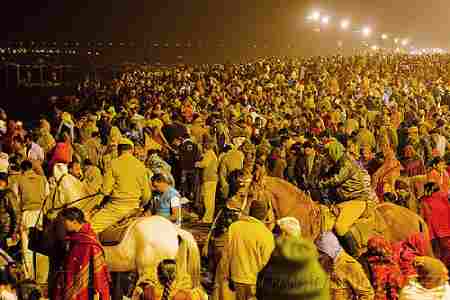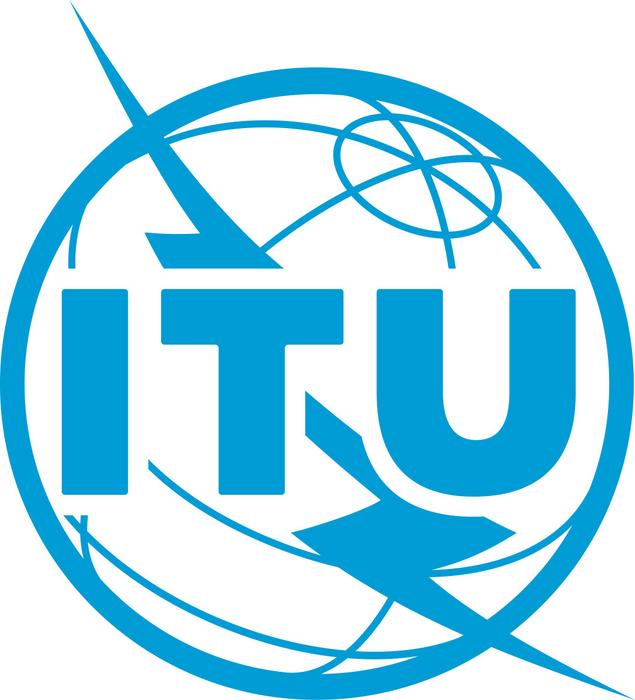The holy city of Varanasi, one of the most visited pilgrimage sites in the world, is preparing to tackle its recurring crowd management challenges using advanced artificial intelligence systems.
The Toyota Mobility Foundation (TMF), in collaboration with the Varanasi Municipal Corporation, has selected five global innovators through its Sustainable Cities Challenge to pilot AI-powered mobility solutions.
The city, known for hosting millions of visitors during festivals like Dev Deepawali and Ganga Mahotsav, often faces severe congestion in its narrow lanes and along the ghats. The selected projects aim to improve pedestrian flow, safety, and accessibility while respecting the city’s cultural heritage.
The winning teams, each receiving funding of approximately $130,000, bring a variety of technologies to the table. These include AI-driven pedestrian navigation systems, crowd density prediction algorithms, and chatbot-based virtual assistants to guide visitors in real time.
Some solutions use computer vision to detect bottlenecks and redirect foot traffic, while others integrate with public transport data to optimize arrival and departure patterns. This approach aims to ensure that pilgrims spend less time in queues and more time experiencing the spiritual and cultural offerings of the city.
A key aspect of the program is its emphasis on real-world testing. Over the coming months, these tools will be deployed in high-traffic zones such as Kashi Vishwanath Corridor, Dashashwamedh Ghat, and Godowlia Market. The pilot phase will measure success not only in terms of reduced congestion but also through improvements in visitor satisfaction and local business activity. Feedback loops will allow city planners to refine deployment strategies quickly.
The project also highlights a public–private–innovation model. By inviting startups, research institutions, and NGOs to co-create solutions alongside municipal engineers, the initiative breaks away from purely government-led interventions. TMF’s global network provides access to expertise and case studies from other cities—such as Tokyo’s AI-based metro crowd flow systems and Singapore’s pedestrian monitoring grids—allowing Varanasi to leapfrog directly into tested, modern mobility management practices.
From an environmental standpoint, reducing traffic snarls can help cut air pollution and noise in densely packed areas. City officials believe that smoother pedestrian flows will also make it easier for emergency services to reach people in need, especially during peak pilgrimage days. As the city prepares for larger tourist inflows in the post-pandemic recovery phase, the initiative is being seen as a model for other heritage cities in India and across the Global South.
Ultimately, the project’s success will depend on how well technology integrates with the human experience of Varanasi.
Following are the finalists:
-
Arcadis – SANKALP: A real-time data ecosystem for proactive crowd flow management.
-
CITYDATA Inc – CityFlow: A cloud-based AI platform offering real-time crowd monitoring without extra hardware.
-
VOGIC AI – Behtar-Way: India’s first AI-powered pedestrian navigation tool with real-time crowd intelligence.
-
Prameya Consulting – Nayichaal: A ‘phygital’ platform combining chatbots, navigation apps, signage, and dashboards.
-
The Urbanizer – Jan Jatra: A wayfinding solution with dynamic signage and intuitive color-coded routing
- Press release







